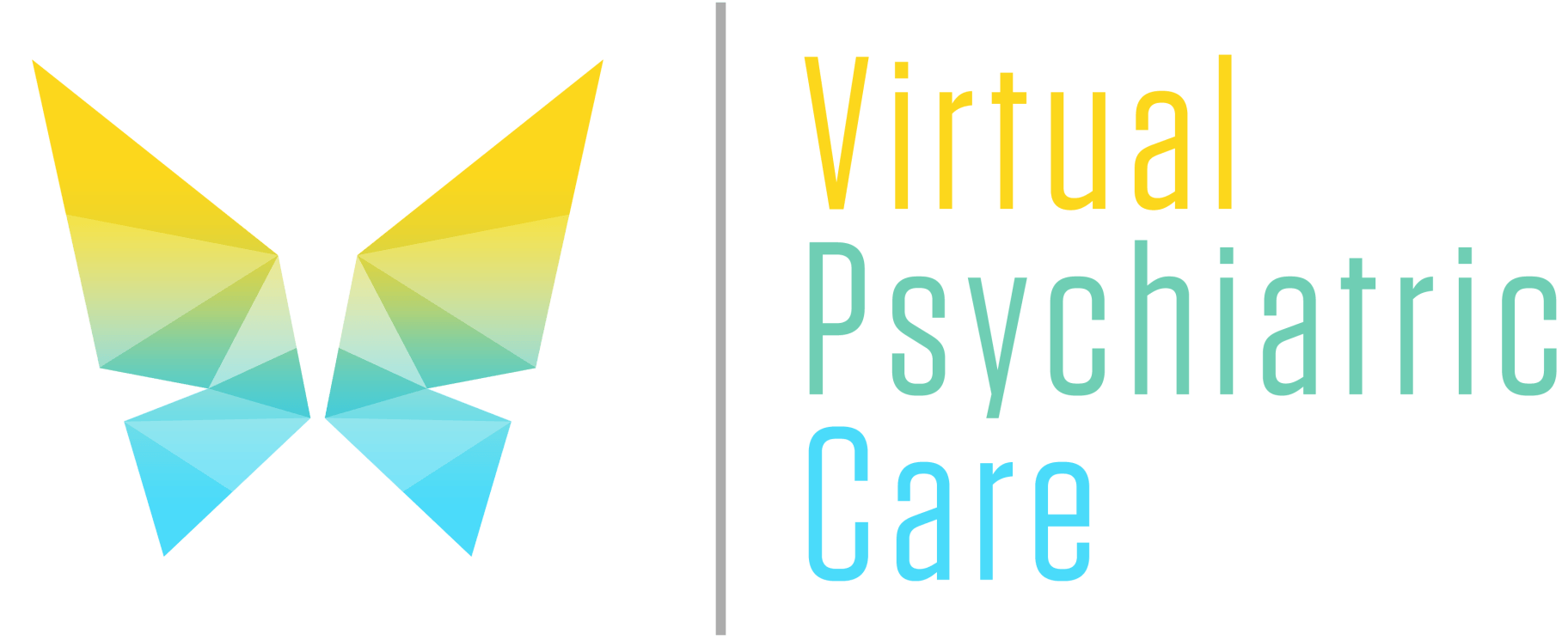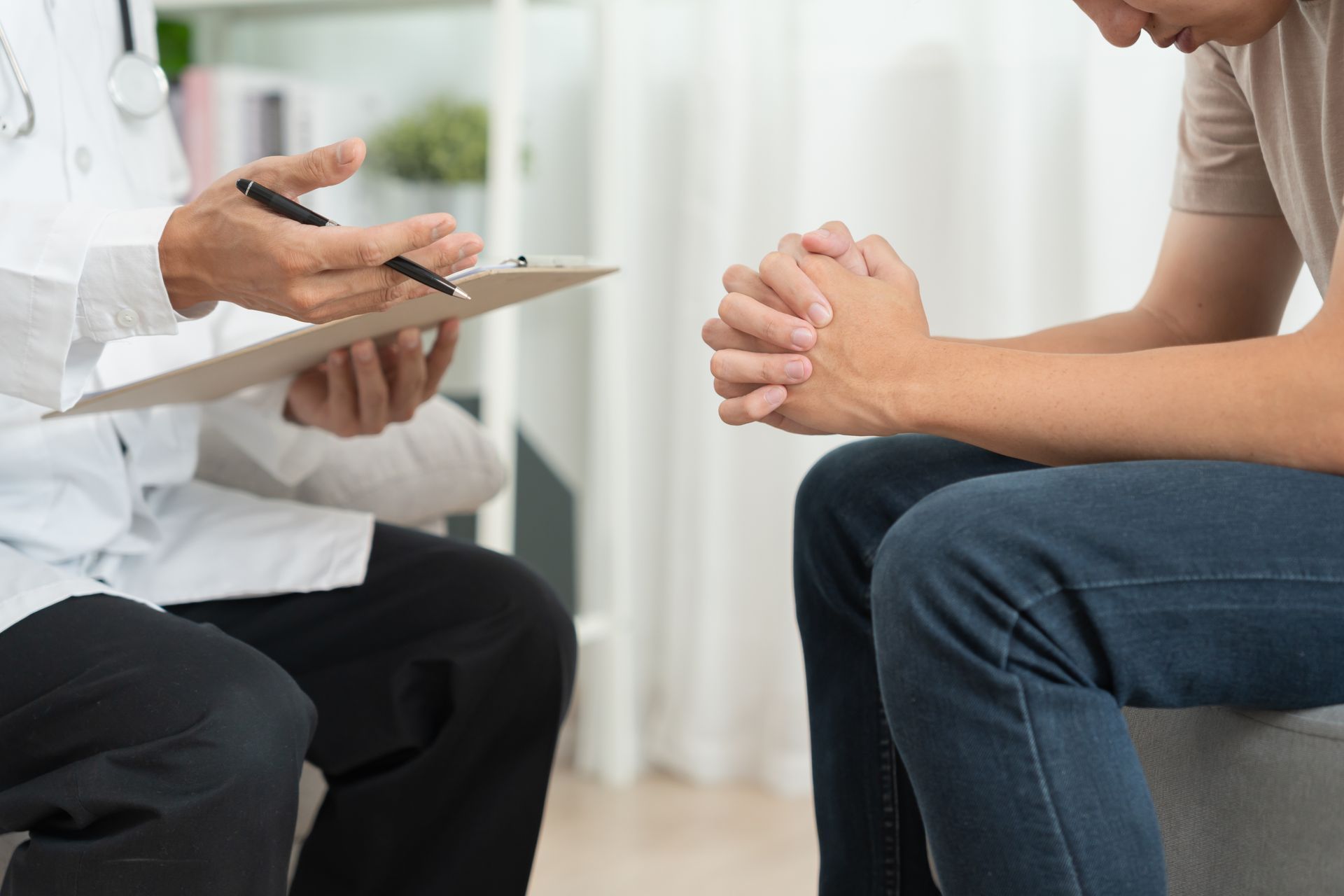Recognizing the Role of a Psychiatrist

The area of medicine known as psychiatry is dedicated to the identification, management, and prevention of mental, emotional, and behavioral disorders.
An M.D. or D.O. who focuses on mental health, including substance use disorders, is known as a psychiatrist. Psychiatrists are trained to evaluate psychiatric issues on both the mental and physical levels.
Many reasons lead people to seek out psychiatric assistance. Sudden issues can include panic attacks, terrifying hallucinations, suicidal thoughts, or hearing "voices." Or they could be more enduring, such as depressive, hopeless, or anxious sensations that never seem to go away, or functional issues that make life feel chaotic or out of control on a daily basis.
- What Is a Psychiatrist For?
- Specialties of Diagnosing Patients
- Education and Training
- Can Psychiatrists be Found Online?
- Final Thoughts
What Is a Psychiatrist For?
Some patients only see a psychiatrist for therapy and medication management. Others only seek treatment from a psychiatrist for medication and work with other members of the treatment team for counseling. A summary of what to anticipate from your psychiatrist is provided below.
Medical professionals who specialize in psychiatry have graduated from a conventional 4-year medical school. Additionally, they have to do a psychiatric residency, which in the US takes at least four years to accomplish. A psychiatrist in the United States has therefore completed at least eight years of post-graduate education. Some psychiatrists also pursue specialized training in other academic areas, such as psychoanalysis. At the conclusion of their training, many psychiatrists elect to sit for an optional exam that will provide them board certification.
Specialties of Diagnosing Patients
A lot of psychiatrists decide to focus on a particular area of interest. Only a few such specialties include child psychiatry, military psychiatry, and emergency psychiatry. While some psychiatrists only work with patients in a community mental health setting, others concentrate on research.
Due to their medical training, psychiatrists are able to order a wide variety of medical laboratory and psychological tests. These tests, along with patient consultations, help paint a picture of a patient's physical and mental health. They are prepared to diagnose patients, evaluate medical and psychological data, develop treatment plans with patients, and understand the intricate relationships between emotional and other medical illnesses as well as those with genetics and family history thanks to their education and clinical training.
The Diagnostic and Statistical Manual of Mental Disorders (DSM-5) of the American Psychiatric Association (APA) offers descriptions, symptoms, and other criteria for diagnosing mental disorders. Specific diagnoses are based on these criteria.
Education and Training
You can trust that a Psychiatrist knows how to treat you. A person must finish four years of psychiatry residency after graduating from medical school, pass a written test to obtain a state license to practice medicine, and then become a psychiatrist. Typically, the first year of residency training is spent working with patients who have a variety of medical conditions in a hospital setting. The psychiatrist-in-training then devotes at least a further three years to learning how to diagnose and treat mental illnesses, including using different types of psychotherapy, psychiatric drugs, and other treatments. Inpatient, outpatient, and emergency room settings are used for training.
Most psychiatrists take a voluntary written and oral examination administered by the American Board of Psychiatry and Neurology to become "board certified" psychiatrists after finishing residency training. Every ten years, they need to be recertified.
After completing their four years of general psychiatric school, some psychiatrists also pursue extra specialized study.
Can Psychiatrists be Found Online?
Depending on the needs of each patient, psychiatrists employ a range of treatments, such as different types of psychotherapy, drugs, psychosocial interventions, and other treatments (such as electroconvulsive therapy, or ECT).
Absolutely! Patients are seen by online psychiatrists through video, phone, text, or a mix of these methods. In order to help you feel better, they can diagnose mental and behavioral health disorders and prescribe medicine.
Final Thoughts
Psychiatry can help you find the right treatment for your mental health condition. Specialists who focus on psychiatry usually have years of experience and education.
They are the medical professionals assisting individuals in overcoming severe mental illness. They are the ones breaking down obstacles and assisting people in discovering a higher quality of life. They are addressing one of the most pressing health needs in the US and helping to destroy the stigma associated with mental illness.











